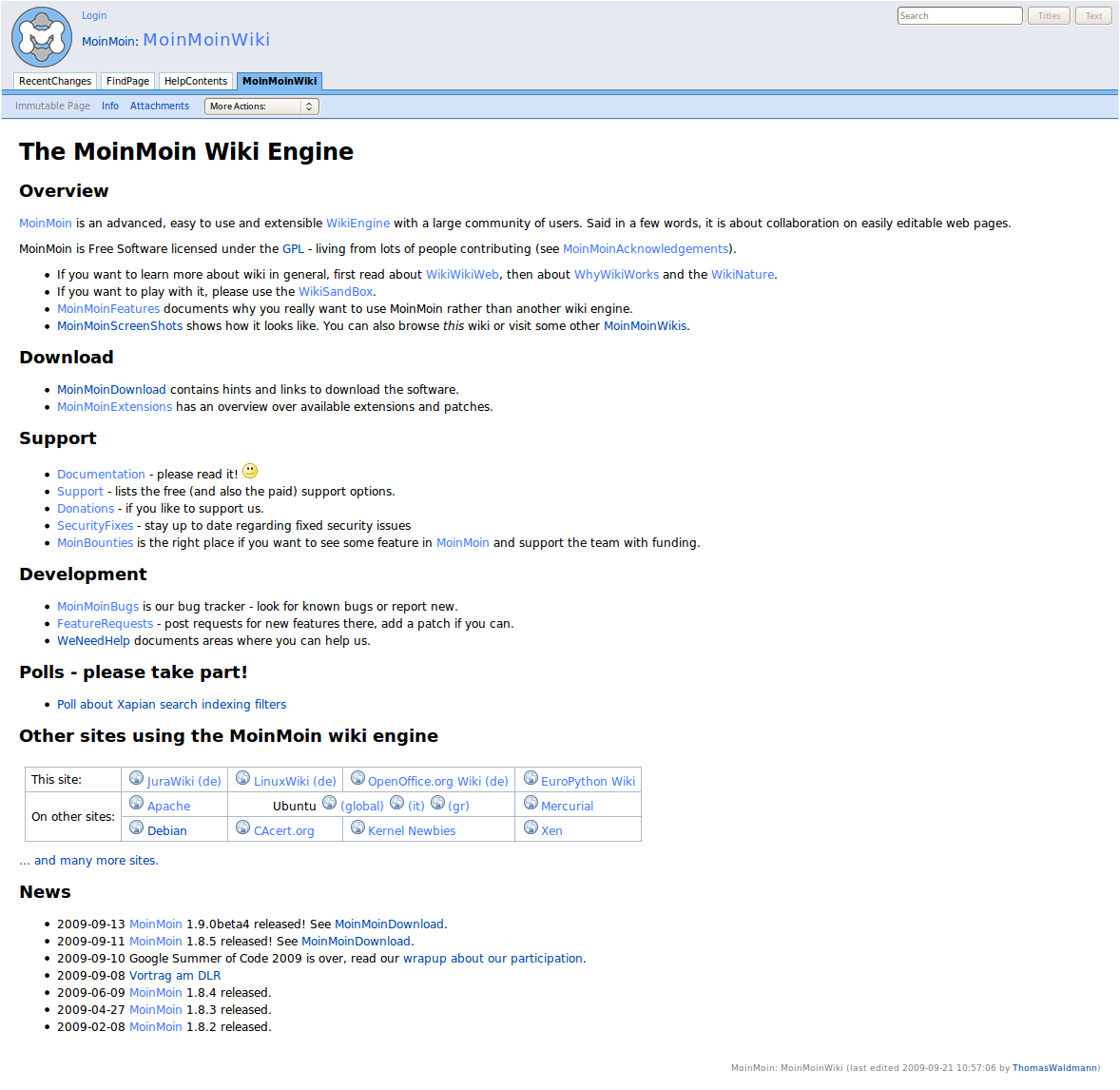mezzanine-mdown provides widgets and filters for mezzanine that enable admins to use markdown formatting to create their site content, rather than using the tinymce editor to generate html used in rich content types, such as rich pages and blog posts.
Installation
Get the package
pip:
user@home:~$ pip install mezzanine-mdown
easy_install:
user@home:~$ easy_install mezzanine-mdown
Prep the static media
Using the excellent staticfiles app, mdown's static files should get picked up automatically.
If the staticfiles app is not your style, you'll need to locate the install location for the mdown package (usually your python interpreter's site-packages directory) and copy/symlink mdown/static/mdown into your project site_media directory.
Configuration
First off, add mdown to your list of INSTALLED_APPS in your project settings module.
With the app installed, you need to make a couple choices. You'll have to specify the RICHTEXT_WIDGET_CLASS and RICHTEXT_FILTER values in your settings module.
RICHTEXT_WIDGET_CLASS
This package provides 2 options for this setting.
mdown.forms.WmdWidget
Activates the WMD rich text editor. (recommended)
mdown.forms.PlainWidget
Use a plain Textarea (no rich text editor).
RICHTEXT_FILTER
Again, there are 2 options for this setting.
mdown.filters.codehilite
Renders the content using markdown with the codehilite extension enabled.
mdown.filters.plain
Renders the content using vanilla markdown formatting.
Extra Steps
Pygments Styles
Using the management command pygments_styles you can generate css to colorize code blocks parsed by the codehilite filter.
Note: this requires pygments to be installed (use pip install pygments or easy_install pygments to use this feature).
Invoke the command with no args to see a usage message and list of available color schemes on your system.:
user@home:~/mysite$ ./manage.py pygments_styles
Usage: ./manage.py pygments_styles
Available color schemes:
borland
bw
colorful
default
... [ snip ] ...
Invoking with the scheme's name as an argument will print the css to stdout, which you can redirect to a file like so:
user@home:~/mysite$ ./manage.py pygment_styles colorful > site_media/css/pygments.css
In additon to this single scheme method, the command also accepts the --all flag, which will generate styles for all available, but with one key difference: each scheme is prefixed with its name as a css class name. This is handy during theme development as you can quickly switch pygments schemes just by setting the class on the body tag to your choice of scheme without having to regenerate css files constantly.
Once you've got a css file generated, simply add it to your site's base template to get your code "pretty" printed.
Updating Theme Templates
Themes that were based on the default theme and were created prior to Mezzanine's 0.11.3 release will most likely not have the richtext_filter applied to rich content. To correct this, you simply have to update the templates for these content types so that the filter is used.
For example, in the default theme, the templates/blog/blog_post_detail.html had a line that was updated from::
{{ blog_post.content|safe }}
to::
{{ blog_post.content|richtext_filter|safe }}
Just ensure that the safe filter comes after the richtext_filter.
Requirements:
- Python



Comments not found